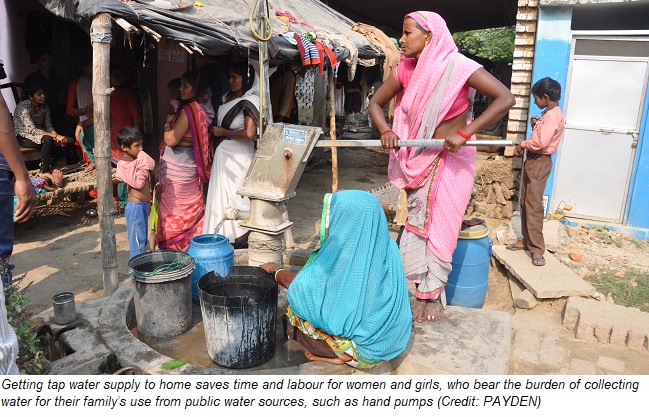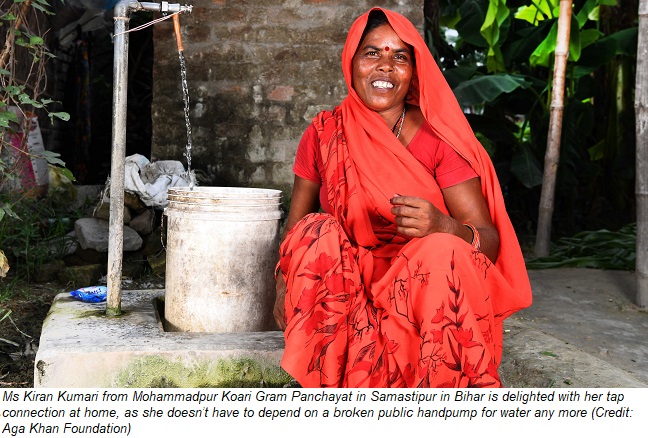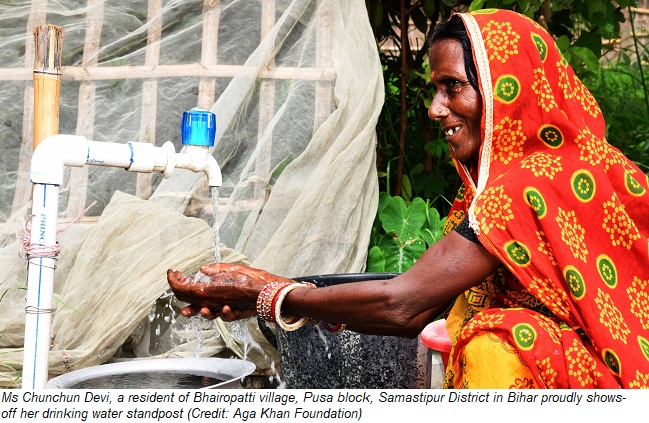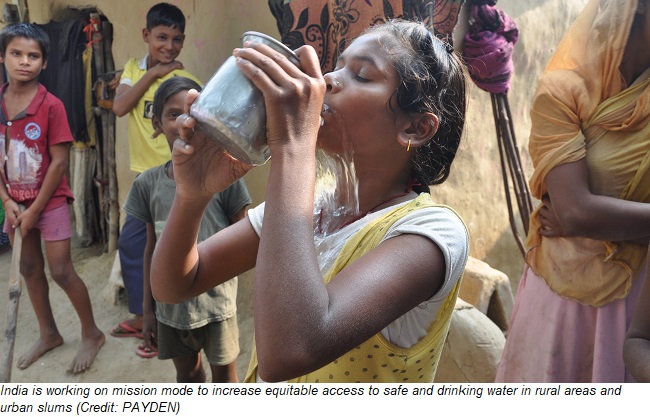The World Water Day theme this year is ‘Valuing Water’ to reiterate the reality that the need for safe and adequate water for all remains unmet in many parts of the world.
The theme is particularly relevant for India, where this valuable resource has been depleting at a very rapid pace. As per estimates, the per capita annual freshwater availability declined from 5,177 cubic metres in 1951 to 1,545 cubic metres in 2011. The availability is estimated to decline further to 1,293 cubic metres in 2025 and 1140 cubic metres in 2050 if conservation and water management efforts are not intensified.
The pandemic has widened inequities, with recent evidence from WHO and UNICEF indicating that around 1.8 billion people globally are at heightened risk of COVID-19 infection and other diseases because they use or work in health care facilities without basic water services.

Water safety and hygiene is not only a prerequisite for human health, but also for building resilient communities by lowering absenteeism from school and work, providing a safe environment and lowering health expenditure. Using unsafe water for drinking leads to malnutrition and frequent bouts of gastrointestinal diseases.
Along with diarrhoea, chemical contamination of ground and surface water, whether from natural contaminants such as arsenic and fluoride, or anthropogenic such as nitrate, contributes to around 5% of the total disease burden in the country. The Empowered Action Group States of Bihar, Chhattisgarh, Jharkhand, Madhya Pradesh, Rajasthan, Uttarakhand, Uttar Pradesh, and Odisha, and Assam have a particularly high burden of water-related diseases, according to the Indian Council of Medical Research’s India: Health of the Nation’s States report.

India has taken significant steps in the recent past to increase access to safe water. In 2019, the Ministry of Water and Sanitation and Ministry for Water Resources were integrated to create the Ministry of Jal Shakti to accelerate progress in providing safe water to millions while preserving this valuable resource. The Government of India has renewed its commitment and allocated Rs 2.87 lakh crores for Jal Jeevan Mission over five years in the Union Budget 2021.
Ms Chunchun Devi is one among the millions, who now has a drinking water standpost in her home in Bhairopatti village in Samastipur district of Bihar. It is not just saving her time and labour, but also keeping her family healthy, she says. “My family used to fall ill frequently, but now that we have safe water at home, we fall ill less often. It saves me a lot of time. I am thrilled that now we have water at home not just for drinking, but also for handwashing,” said Ms Devi.

India has made sustained progress in providing safe drinking water to urban and rural households. Since the launch of the Jal Jeevan Mission on 15 August 2019, more than 38 million households (as of 19 march 2021) have been provided tap water connections under the Har Ghar Jal campaign of the Ministry of Jal Shakti (power of water) (source – JJM dashboard). Nearly 100 000 tap water connections were provided to families every day during the COVID-19 pandemic and lockdowns.
Sustaining the objectives of the Jal Jeevan Mission requires multisectoral involvement, including from the health care sector.
“WHO guidelines for drinking water quality recommends a risk assessment and risk management of drinking water supplies from catchment to consumer to ensure water quality and adequacy. WHO has been working with few municipalities and state governments to implement the risk management tool in urban and rural water supply systems. WHO India remains committed to providing guidance and technical support to ensure health benefits of safe and adequate water is realized,” said Dr Roderico H Ofrin, WHO Country Representative to India.

WHO supported the Nagpur Municipal Corporation and National Environmental Engineering Research Institute in the development of water safety plan for Nagpur water supply. This led to the implementation of a pilot to provide safe drinking water 24×7 to one of the zones catering to around 500 000 people including those living in urban slums. WHO has also strengthened capacities of state and district officials in Haryana to implement Water Safety Planning in rural water systems.
WHO India remains committed to providing guidance and operational support to the Government of India and states to ensure the Sustainable Development Goals 3 and 6 (on health and water, respectively) are met. The World Water Day is a reminder that fulfilling this basic universal need for safe water bring benefits for individuals and communities that keep accruing.
